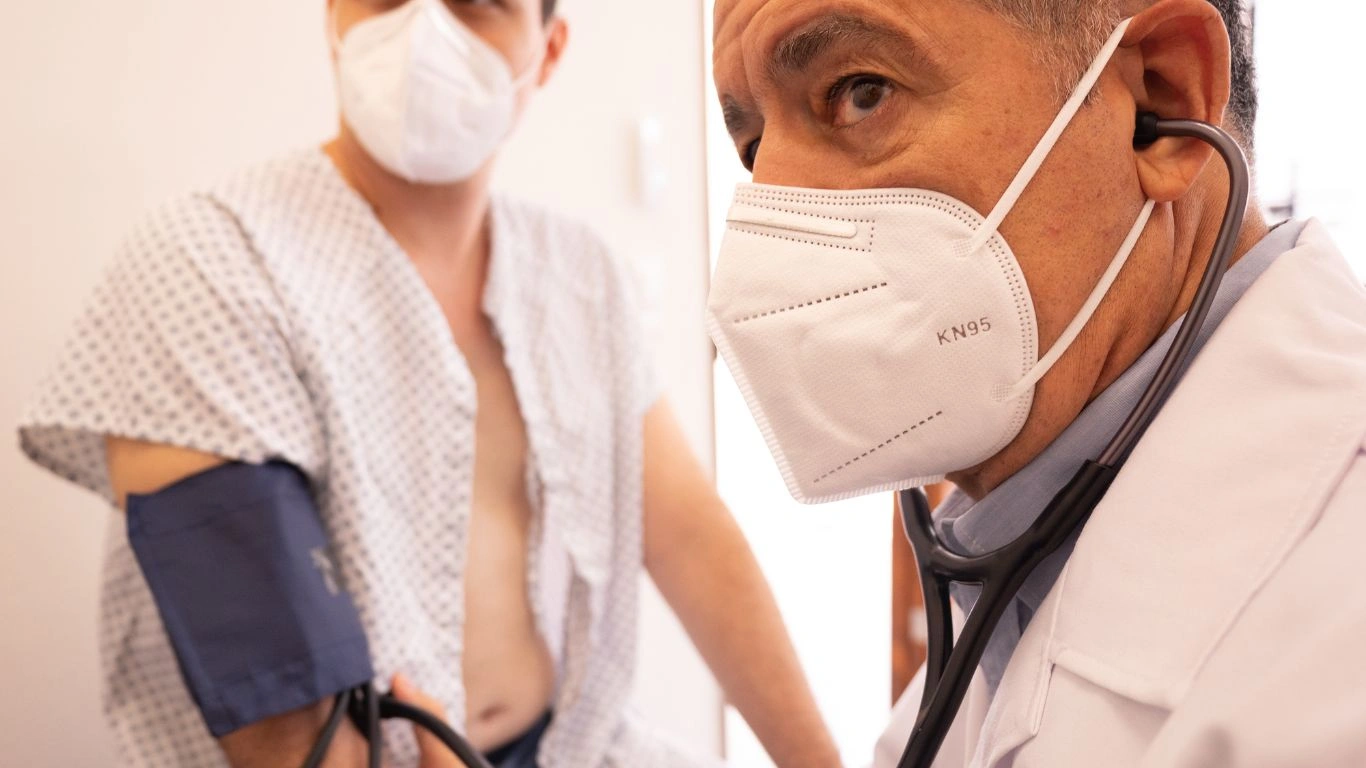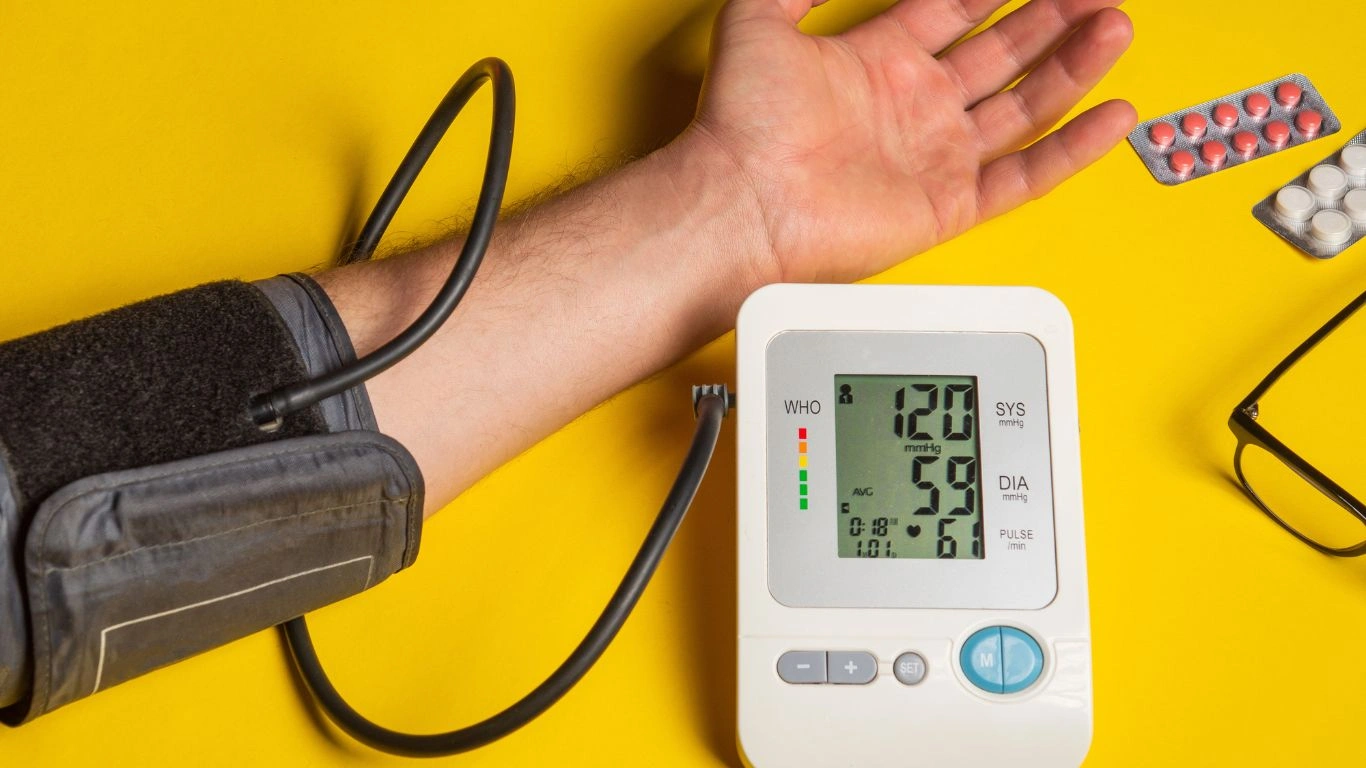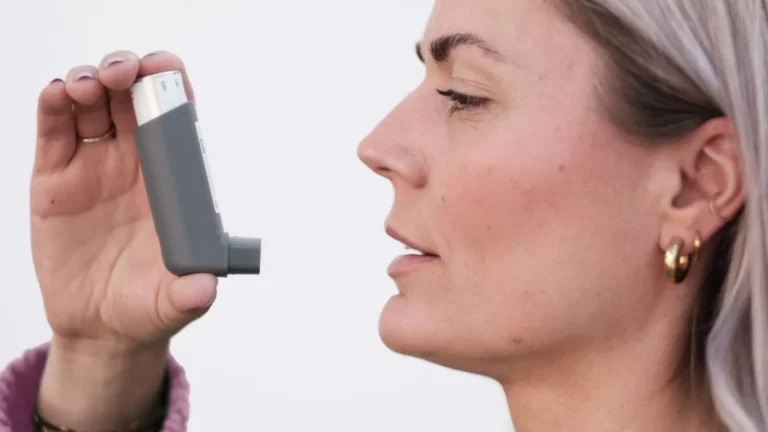Effective Strategies for BP Control While Working Night Shifts
If you’re trying to maintain BP control while working night shifts, let me tell you—I’ve been there, both personally and professionally. As an Internal Medicine physician who’s pulled more overnight hospital rotations than I can count, I’ve seen how night shifts can throw even the most health-conscious person’s blood pressure into chaos. It’s not just about lack of sleep or poor eating habits—there’s a real physiological disruption that happens when your internal clock gets flipped upside down. So let’s talk about what’s really going on, and what you can do to take back control, even when your work hours are anything but normal.
Understanding the Night Shift Effect on Blood Pressure

One of the things that surprised me early in my career was how quickly circadian rhythm disruption messes with cardiovascular function. Our bodies are hardwired to rest at night. When we flip that switch, we interfere with natural hormone cycles—especially cortisol and melatonin—that play a huge role in regulating blood pressure. Shift workers often develop what’s called a “non-dipping” blood pressure pattern, where their BP doesn’t lower at night like it should. That lack of nighttime drop is a big risk factor for cardiovascular events down the line.
Why the ‘Non-Dipping’ Pattern Matters
In a normal 24-hour cycle, blood pressure tends to dip by 10-20% during sleep. This drop gives the cardiovascular system a much-needed rest. But in people who work nights and sleep during the day, that dipping pattern often disappears. I’ve seen this play out in patients who have completely normal daytime readings but are still at risk due to this altered rhythm.
The result? Higher long-term risks of:
- Stroke
- Heart failure
- Chronic kidney disease
And what’s tricky is that standard office BP readings may not pick this up unless we do ambulatory BP monitoring (ABPM), which tracks readings around the clock. I’ve had several night-shift nurses shocked by their results—they felt fine but were running hypertensive through most of their supposed “resting” hours.
Sleep Hygiene Tips for Shift Workers

Let’s be real: trying to get quality sleep during daylight hours is a challenge. Your neighbors are mowing their lawns, sunlight is peeking through the blinds, and your phone won’t stop buzzing. But getting quality sleep is non-negotiable if you want to manage your BP on night shifts.
Here’s what I’ve seen work for patients and myself:
- Blackout curtains: Block that sunlight like your life depends on it. Because honestly, your cardiovascular health might.
- White noise machines: A game-changer for drowning out daytime noise. I personally love ocean sounds—helps cue the brain that it’s time to wind down.
- Consistent schedule: Even on your off days, try to keep a similar sleep-wake cycle. Flipping back and forth every few days is brutal on your system.
- Limit caffeine after 2 AM: Seems obvious, but you’d be surprised how many folks still drink coffee before “bedtime.”
Some of my patients also use melatonin supplements, but I usually suggest this only after a full discussion—it’s not for everyone, and timing matters. For folks with hypertension, the key is deep, restorative sleep. And unfortunately, “just getting a nap in” during the day doesn’t cut it long term.
Smart Nutrition for Blood Pressure Stability

Eating right during night shifts is a battle. Cafeteria food is often junk after 11 PM, and vending machines are loaded with sodium bombs. But the link between sodium intake and BP isn’t just academic—it’s very real, especially when your body’s already under circadian stress.
What I recommend to my night shift crew:
- Meal prep ahead: Bring your own meals. That’s honestly the most practical advice I give. A heart-healthy packed lunch beats a bag of chips at 2 AM any day.
- Potassium-rich snacks: Bananas, avocados, or even a handful of unsalted almonds go a long way to offset sodium intake.
- Hydration check: Dehydration can spike BP and worsen fatigue. Aim for water or herbal teas, not soda or energy drinks.
I once had a fellow resident whose BP went from 148/92 down to 122/76 in just three weeks—just by cutting night shift vending machine visits and starting to bring her own quinoa bowls and roasted veggies. It’s those little, practical changes that add up big.
Managing Stress to Improve BP Control While Working Night Shifts

Let’s talk about stress—because if you’re on night shifts, chances are you’re swimming in it. Whether it’s the pressure of critical decisions at 3 AM or the isolation that comes with flipped hours, chronic stress hits hard. And for people struggling with BP control while working night shifts, stress is gasoline on the fire. Cortisol, the body’s main stress hormone, tends to spike at the wrong times when your circadian rhythm is out of sync. That spike leads to elevated BP, poor sleep, and a nasty feedback loop.
When I was doing back-to-back 12s in the ICU, my Apple Watch was basically yelling at me about my heart rate. I knew better, but even doctors get caught in the hustle. So I had to actively build in stress-management tools—and teach the same to my patients.
Here’s what helps reduce nighttime work stress and support heart health:
- Micro-breaks: Even 5 minutes of deep breathing or stretching can re-center your nervous system. I used to do shoulder rolls while reviewing labs—it helped more than I expected.
- Mindfulness apps: Think Calm or Headspace. Pop in your earbuds on your meal break and reset.
- Peer connection: Talking to coworkers who understand night shift chaos reduces emotional isolation. I can’t overstate how vital this is.
Many of my patients have started using HRV (Heart Rate Variability) trackers. They’re surprisingly helpful for understanding how your body’s coping with stress, and they can help guide when to focus on recovery.
Fitness Routines That Fit the Night Shift Life

Exercise is one of the best non-pharmacologic strategies for controlling blood pressure, but night shift workers face a weird dilemma: when exactly do you work out? I’ve had patients try hitting the gym before shift, after shift, or even on their off days—and there’s no one-size-fits-all answer. The key is sustainability.
Here’s what I usually recommend, based on both evidence and what’s actually doable:
- Post-shift walks: This is my go-to. After clocking out, go for a 20-minute walk before bed. It’s gentle, helps with decompression, and eases your transition to sleep mode.
- Resistance training on off-days: Two to three 30-minute sessions per week. This could be bodyweight exercises at home—no need to overcomplicate it.
- Short movement bursts during shift: A few squats or lunges in a supply room (I’ve definitely done this)—they get your circulation going and give you a little energy bump without caffeine.
The goal is consistency over intensity. You don’t need to train like a pro athlete. Even modest activity makes a noticeable difference in systolic and diastolic BP over time. One of my night-shift respiratory therapists dropped their systolic BP by 10 points over two months just by walking laps around the hospital after clocking out.
Tracking Progress and Knowing When to Get Help

One of the most empowering things shift workers can do is track their own blood pressure. Seriously—don’t wait for your annual check-up. Invest in a reliable home monitor (I like the Omron ones) and take readings at consistent times. For night shift folks, that often means checking mid-day (after your “morning”) and once before your shift begins.
Some personal tracking tips I give my patients:
- Keep a simple log—pen and paper or a BP tracking app
- Note sleep duration and quality alongside readings
- Look for patterns, not just numbers
And please—don’t hesitate to bring that log to your doctor. It gives us way more insight than a one-off clinic BP reading. I’ve caught masked hypertension this way more times than I can count, especially in nurses and CNAs who were “fine” at the clinic but running high all week on the job.
Also, remember: lifestyle tweaks are crucial, but they’re not a substitute for medical treatment when needed. If you’re consistently running high despite doing all the “right things,” talk to your primary care doc or internist (hi, that’s me!). Sometimes meds are necessary, especially if you’re in a high-risk category. And that’s okay—hypertension is a silent condition, and proactive care is everything.
Medication Considerations for Night Shift Workers with Hypertension

Alright, let’s get into a topic that many night shift workers worry about: medications. If you’ve been diagnosed with hypertension, or if your home BP readings are consistently high, your doctor might suggest starting or adjusting medication. I’ve managed countless patients juggling shift work and meds, so here’s what I usually tell them.
Timing is everything. Since night shift work flips your sleep-wake cycle, when you take your meds can be just as important as taking them at all. Some blood pressure medications work better if taken in the evening, especially if you have that pesky “non-dipping” pattern we talked about earlier. This helps mimic the natural circadian rhythm that your body’s trying to maintain but can’t because of the night shifts.
Of course, this isn’t a one-size-fits-all. I always recommend discussing timing with your healthcare provider. They’ll consider your specific medication, your work schedule, and your overall health. And please, don’t adjust doses or timing on your own. I’ve seen patients make changes based on internet advice and end up with uncontrolled BP or side effects.
Another thing I emphasize is medication adherence. It’s tough to stay consistent when your schedule is irregular. One tip I share is setting alarms or reminders—this little hack can make a world of difference. Also, using a pill organizer labeled by day and time helps keep things straight.
Building a Support System to Sustain Long-Term BP Control

One of the things that keeps people going during the grind of night shifts is support. And I don’t just mean family and friends—though they’re crucial. I’m talking about building a community that understands the unique challenges you face.
During my years on call and managing night-shift patients, I noticed those who thrived weren’t just the ones who “did it all” perfectly. They were the ones who leaned on others—whether that meant swapping healthy meal ideas with coworkers, sharing strategies for better sleep, or just venting about the struggles of working nights.
Ways to build your support network:
- Connect with fellow night shift workers: Online forums, social media groups, or even a casual group chat can be lifelines. Sharing experiences normalizes your struggles and often leads to practical solutions.
- Engage healthcare providers who understand shift work: It makes a difference to have a doc or nurse who “gets it” and tailors your care accordingly.
- Educate family and friends: Help them understand why your schedule and health priorities might look different. That way, they can support your lifestyle choices instead of unintentionally sabotaging them.
From personal experience, I can tell you that night shift work is no walk in the park, but you don’t have to do it alone. Community and tailored care make all the difference.
Technology and Tools That Help Night Shift Workers Monitor BP
Technology has come a long way in helping manage hypertension, especially for those juggling odd hours. I recommend leveraging some of these tools that fit naturally into your night-shift life:
- Ambulatory Blood Pressure Monitors (ABPM): This device automatically takes your BP throughout the day and night. For night shift workers, it can highlight those hidden hypertension patterns that routine checks miss.
- Smartphone apps: Many apps allow you to log your readings, medication, diet, and symptoms. Having all this info in one place can be a game-changer when you review it with your doctor.
- Wearable health trackers: Devices that monitor heart rate variability and stress levels can give early clues when your body is under strain, allowing you to adjust your routine before BP spikes.
In my practice, I encourage patients to pick tools that feel manageable rather than overwhelming. The goal is to build habits that support long-term BP control without adding stress.
Final Thoughts on BP Control While Working Night Shifts
Managing blood pressure on night shifts is definitely challenging, but it’s far from impossible. From optimizing sleep hygiene to smart nutrition, stress management, exercise, and medication timing—each piece plays a vital role. And as someone who’s walked the hospital floors during those late hours and cared for many patients living the same lifestyle, I can assure you that small, consistent steps make a huge difference.
Remember, your health is a priority—not a luxury. Night shifts don’t have to mean compromised blood pressure control. With the right strategies and support, you can protect your heart and keep thriving, no matter the hour.
References
- American Heart Association
- Centers for Disease Control and Prevention
- National Heart, Lung, and Blood Institute
Disclaimer
This article is for informational purposes only and does not substitute professional medical advice. Always consult your healthcare provider before making any changes to your blood pressure management plan or medication, especially if you work night shifts or have other health conditions.

Dr. Gwenna Aazee is a board-certified Internal Medicine Physician with a special focus on hypertension management, chronic disease prevention, and patient education. With years of experience in both clinical practice and medical writing, she’s passionate about turning evidence-based medicine into accessible, actionable advice. Through her work at Healthusias.com, Dr. Aazee empowers readers to take charge of their health with confidence and clarity. Off the clock, she enjoys deep dives into nutrition research, long walks with her rescue pup, and simplifying medical jargon one article at a time.





